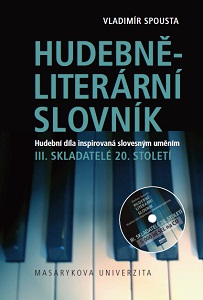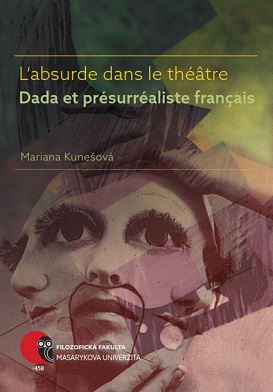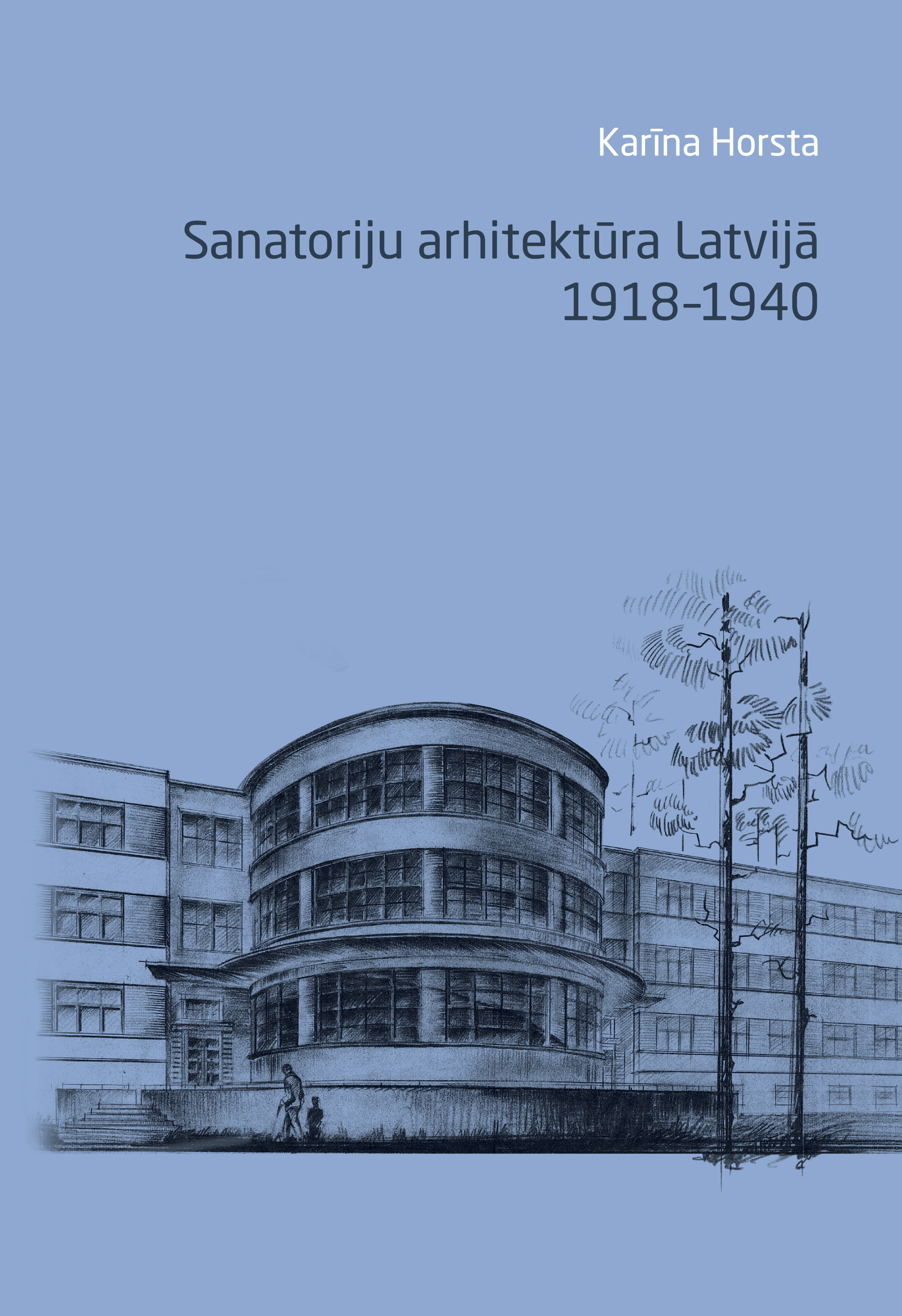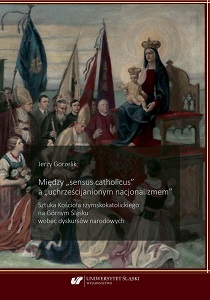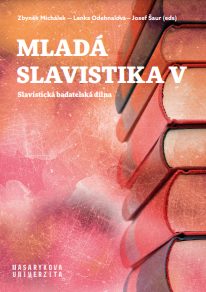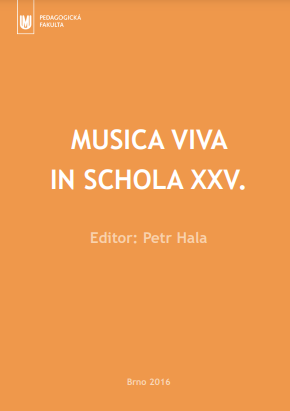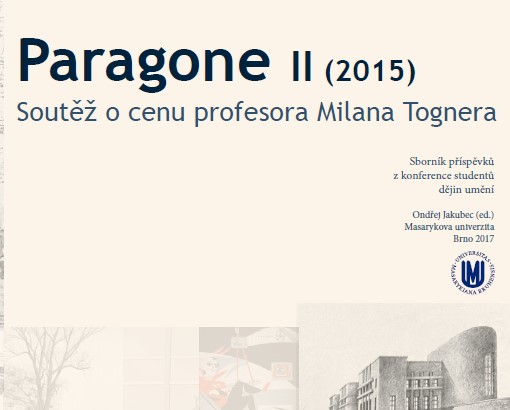
Поливная керамика Средиземноморья и Причерноморья X—XVIII вв.
The second volume of this specialized continued collection of research papers “Glazed Pottery of the Mediterranean and the Black Sea Region, 10th – 18th Centuries” contains studies of mass archaeological materials — glazed pottery — from a vast region encompassing countries from the Mediterranean, Black Sea, Eastern Europe, Central Asia, Far East and Eurasian steppes, dated by the High and Late Middle Ages. The goal of this continued edition is to attract the attention of the medievalists to glazed pottery and, particularly, to introduce earlier unknown archaeological complexes with glazed pottery and results of various physical-chemical studies of ceramic clays and glazes for scientific discussion. The volume includes contributions from Azerbaijan, Belarus, Bulgaria, France, Greece, Italy, Lebanon, Russia, Romania, Serbia, Spain, Turkey, Ukraine, USA, Uzbekistan and is meant for specialists in history, archaeology, ceramic studies, ethnography, museum studies, history students and all those interested in medieval material culture.
More...
